What Is Red Teaming and Why Does It Matter for Security Programs
Modern red team methodology simulates real adversary behavior to test whether your security controls prevent actual business damage. Organizations invest heavily in security tools, but most breaches occur when attackers chain together minor weaknesses into a major compromise. Red team operations reveal which attack paths lead to impact, showing you what truly matters for defense. This adversary simulation methodology goes beyond finding vulnerabilities to answer the critical question: Can a motivated adversary achieve goals that harm your business?
TL;DR: Red teaming methodology validates whether security defenses stop real attacker objectives through adversary simulation. Unlike penetration testing, red team operations chain multiple vulnerabilities to measure business impact. Schedule a scenario-based red team engagement for prioritized remediation, not just vulnerability lists.
Understanding Modern Red Teaming Methodology
A red team operation simulates real adversary behavior by pursuing specific mission goals that reflect genuine business risk. The team receives an objective like "access customer financial records" or "demonstrate ability to disrupt production systems." They then determine how to achieve that goal using any realistic method available.
This differs fundamentally from penetration testing. Pentesting finds and exploits vulnerabilities within a defined scope. Red teaming operates like an actual attacker. They choose targets, adapt tactics, and persist until the goal is reached or defenses genuinely stop them.
The focus shifts from volume to impact. A red team will ignore dozens of vulnerabilities that don't advance their mission. They exploit seemingly minor issues if those issues create a path toward the objective. Real attackers do the same thing.
Red Teaming vs Penetration Testing: Key Differences
| Aspect | Red Teaming | Penetration Testing |
|---|---|---|
| Objective | Achieve specific business-impact goals | Find and exploit vulnerabilities |
| Scope | Adaptive, adversary-chosen targets | Predefined systems and boundaries |
| Duration | Days to weeks, persistent operations | Hours to days, time-boxed |
| Methodology | Goal-driven, chains weaknesses | Systematic vulnerability assessment |
| Success Metric | Mission objective achieved | Number of vulnerabilities found |
| Approach | Mimics real attacker behavior | Follows testing checklist |
| Detection Testing | Tests whether defenses catch realistic attacks | Not focused on evasion |
| Deliverable | Attack chains and remediation roadmap | Vulnerability report with findings |
Organizations need both, but at different maturity stages. Penetration testing identifies technical weaknesses. Red teaming validates whether your complete security program stops determined adversaries with specific goals.
How Mission Objectives Drive Red Team Operations
Every effective red team engagement begins with objectives that mirror what real adversaries would pursue. Examples include accessing specific sensitive data repositories or compromising critical business systems. They might obtain credentials that enable deeper access or demonstrate operational disruption capability.
When objectives align with actual threats, the simulation becomes operationally valuable. The red team thinks like an adversary with purpose. They prioritize actions that advance their goal while avoiding unnecessary noise. They persist when initial attempts fail and adapt based on what they learn.
This reveals gaps that other testing methods miss. Defenders see whether monitoring catches realistic behavior. They learn which controls prevent meaningful compromise versus which ones generate alerts without stopping progress.
Red Team Planning Phase: Intelligence and Threat Modeling
Thorough planning ensures operations stay effective and safe while delivering maximum insight.
Intelligence Gathering: Red teams map the organization's public footprint through websites, social media, job postings, and technical documentation. They analyze employee exposure and identify personnel with access to valuable systems. They catalog potential entry points, including internet-facing services, third-party integrations, supply-chain connections, and physical access routes.
Threat Modeling: Different adversaries operate differently. Financially motivated criminals use different tactics than nation-state actors. Red teams align their approach with threats the organization actually faces. If ransomware groups pose the primary risk, the simulation reflects those tactics. If advanced persistent threats matter more, the red team adopts sophisticated and patient methods.
Operational Blueprint: The team structures an attack chain that reflects realistic adversary behavior. This might span days or weeks, with each phase building on previous successes. The plan includes alternative paths if primary approaches fail. It establishes safe boundaries around actions that could cause genuine harm.
Rules of Engagement: Clear rules define what systems fall within scope and what actions are permitted. They specify what safety controls stay in place. Some engagements operate with full knowledge of security teams to test response capabilities. Others maintain secrecy to assess whether existing monitoring catches the activity.
Red Team Execution: From Initial Access to Privilege Escalation
Initial Access Techniques: Establishing the initial foothold is the most critical challenge. Social paths often provide reliable access. Red teams craft targeted phishing campaigns and impersonate vendors or support personnel. They exploit human trust because it works.
Technical paths involve exploiting internet-facing services, unpatched systems, or misconfigurations. Weak credentials represent another common avenue through poor passwords, unchanged defaults, or exposed credentials from previous breaches.
Stealth matters from the first action. Red teams blend activities into normal traffic and avoid obvious alerts. They operate at a pace that seems legitimate.
Establishing Persistence: Initial access means nothing without durability. Red teams establish persistence mechanisms that blend into normal activity. They prefer methods that look like legitimate software or administrative functions. They avoid obvious indicators that would alert defenders immediately.
Privilege Escalation: Most initial access provides limited privileges. Moving to administrator-level access requires exploiting additional weaknesses. Misconfigurations represent the most common path through excessive permissions or improperly restricted functions. Sometimes users can perform actions that should require higher authorization.
Trust relationships between systems create opportunities for escalation. Another running might trust a low-privilege account on one system with higher privileges. Red teams follow these trust chains to expand their access gradually.
Lateral Movement and Attack Chain Execution
With elevated privileges, red teams move across the internal environment toward systems that matter. They map network topology and follow credential trails. They use compromised hosts as stepping stones to reach additional targets.
Administrators often access multiple systems using similar credentials. Red teams harvest these from memory, storage, or network traffic. They use them to expand their foothold across the environment.
Chaining Vulnerabilities into Business Impact: Individual security issues often seem minor in isolation. A weak password here, an overly permissive file share there, a missing patch somewhere else. Real attackers chain these together to create a serious impact.
Consider this pattern: a phishing email compromises credentials. Those credentials access a file share containing administrative documentation. That documentation reveals service account passwords. Those accounts connect to production databases containing customer financial records. Four low-severity issues combine into a complete compromise.
Major breaches follow this pattern more often than sophisticated exploits. The 2013 Target breach began with stolen HVAC vendor credentials. Those credentials provided network access and enabled lateral movement to payment systems. Breaking the chain at any point would have prevented the breach.
Avoiding Detection: Red teams operate during business hours when traffic is heavy. They use legitimate administrative tools and remote management utilities. They avoid obvious hacking tools that would trigger alerts immediately.
They pace activities to avoid suspicious spikes in network traffic or system access. This tests whether security monitoring catches subtle adversary behaviors. It also reveals if detection only identifies noisy attacks that sophisticated adversaries never attempt.
Measuring Real-World Security Impact from Red Team Results
Success gets defined by mission objectives, not vulnerability counts. Could the red team access sensitive customer data? Could they compromise systems that would disrupt operations? Could they maintain long-term access to critical infrastructure? These questions matter more than technical metrics.
Business-level impact matters most. Ten compromised servers mean less than the revelation that attackers could access financial records. Being able to manipulate transactions or steal intellectual property represents the real measure of risk.
An organization might have hundreds of medium-severity vulnerabilities, but strong controls preventing meaningful compromise. Conversely, a handful of issues might chain together, enabling a catastrophic impact. Red teaming reveals which scenario applies. It guides investment toward fixes that genuinely improve resilience against realistic threats.
How Security Teams Learn from Adversary Simulation
The real value emerges after operations conclude. Defensive teams extract actionable improvements from what happened.
Visibility Improvements: Red teams reveal blind spots in security monitoring. Defenders learn which actions their tools detected and which alerts were missed or ignored. They discover which activities left no traces in their logging systems.
Organizations often have plenty of security data but lack visibility into behaviors that actually matter. Red teams show defenders exactly what signs their adversaries will create. This enables focused tuning of detection rules and analytics.
Better Alert Triage: Even when detection tools generate alerts, those alerts often get lost in the noise. They get ranked low among other incidents and dismissed as false positives. Post-operation analysis helps security teams understand why certain alerts were dismissed. It shows them how to distinguish genuine threats from routine events.
Strengthened Incident Response: Red team engagements test incident response under realistic conditions. Defenders learn whether playbooks work against actual adversary behavior. They identify gaps in procedures, communication flows, and decision-making processes.
This testing environment allows teams to fail safely. Mistakes during operations provide learning opportunities without breach consequences. Teams refine their approach based on firsthand experience with simulated attacks.
Clear Remediation Roadmap: Red team reports explain not just what happened but why each step worked. They detail what controls could have stopped the attack at various points. Rather than listing vulnerabilities, findings explain attack chains that led to impact.
Defenders understand which fixes break those chains and prevent similar attacks. This contextual guidance drives more effective security improvements than generic vulnerability reports.
Why Expert-Led Red Teaming Outperforms Automated Security Testing
Automated tools provide value for certain scenarios but can't replicate adaptive intelligence. Human decision-making recognizes opportunities no automated tool would identify.
An experienced operator notices that a user's behavior suggests social engineering potential. They spot unusual configurations that create unexpected access paths. Automation follows set rules and can't make these contextual judgments.
Adaptive strategies separate human red teams from scanners. When approaches fail, red teams switch methods based on what they've learned. They shift from technical exploitation to social engineering. They change targeting based on defensive responses. Automation can't adapt beyond its programming.
Realistic attacker psychology makes operations authentic. Human operators think like adversaries because they deliberately adopt that mindset. They make risk-based decisions about which actions to pursue and when to operate cautiously. They understand how real attackers balance aggression with stealth. This psychological realism creates a simulation value that automation can't match.
Real-World Red Team Attack Chain Example
Understanding how red team methodology works in practice helps security teams recognize similar patterns in their own environments.
Scenario: Financial Services Company Compromise
Phase 1 - Initial Access: The red team identifies a mid-level employee through LinkedIn reconnaissance. They craft a targeted phishing email impersonating the company's IT helpdesk, requesting password verification for a "security audit." The employee clicks through to a credential harvesting page. Impact: Standard user credentials obtained.
Phase 2 - Internal Reconnaissance: Using the compromised credentials, the red team accesses the corporate network remotely via VPN. They discover the employee has access to a shared drive containing IT documentation, including network diagrams and service account naming conventions. Impact: Network topology mapped, potential escalation targets identified.
Phase 3 - Privilege Escalation: The IT documentation reveals that certain service accounts follow a predictable naming pattern. The red team discovers one service account with a weak password matching corporate password history. This account has local administrator rights on several workstations due to misconfigured group policy. Impact: Administrative access achieved on 15 workstations.
Phase 4 - Lateral Movement: With administrator access, the red team extracts cached credentials from compromised workstations using legitimate Windows tools. They discover domain administrator credentials stored in memory on a system where IT staff recently performed maintenance. Impact: Domain administrator access obtained.
Phase 5 - Objective Achievement: Using domain administrator credentials, the red team accesses the production database server containing customer financial records. They exfiltrate a sample dataset and establish persistent backdoor access using scheduled tasks that blend with legitimate automation. Impact: Mission objective achieved, demonstrated ability to access and extract sensitive customer data.
Key Observation: No single vulnerability in this attack chain was of critical severity. A weak password, overpermitted file share, predictable naming convention, cached credentials, and excessive service account privileges combined to create a complete compromise. This is how real attackers operate, and why red team methodology reveals risks that vulnerability scanners miss.
Red Team Methodology by Industry: Common Use Cases
Different industries face unique threats requiring tailored red team operations.
Financial Services: Primary objectives focus on accessing customer financial data, demonstrating transaction manipulation capability, and testing fraud detection systems. Red teams simulate both external cybercriminals and insider threat scenarios. Regulatory compliance often drives these engagements, particularly for PCI-DSS and financial privacy requirements.
Healthcare: Red team operations target electronic health records, medical device networks, and pharmacy systems. Objectives include demonstrating ransomware resilience, testing patient data protection, and evaluating supply chain vulnerabilities in connected medical equipment.
Critical Infrastructure: Energy, water, and transportation sectors require red teams that understand operational technology environments. Objectives focus on demonstrating the ability to disrupt operations, compromise SCADA systems, or manipulate industrial control systems while maintaining safety boundaries.
Technology & SaaS: Software companies face threats to intellectual property, source code, and customer data. Red team methodology tests whether attackers could access development environments, compromise build pipelines, or inject malicious code into software distribution channels.
Retail & E-commerce: Objectives center on payment system compromise, customer data theft, and supply chain attacks through third-party integrations. Red teams often simulate credential stuffing attacks and test point-of-sale system security.
Frequently Asked Questions About Red Teaming
1. What is red teaming in cybersecurity?
Red teaming is an adversary simulation methodology where security professionals mimic real attacker behavior to test whether defensive controls can prevent specific business-impact goals like data theft or system disruption.
2. How is red teaming different from penetration testing? Penetration testing finds vulnerabilities within a defined scope. Red teaming simulates how real attackers pursue specific goals using any realistic method, testing your complete security program rather than individual systems.
3. How long does a red team engagement take?
Most red team operations run for 2-6 weeks, depending on objectives and scope. This duration allows realistic adversary behaviour, including persistence, lateral movement, and goal achievement.
4. What are common red team objectives?
Typical objectives include accessing sensitive customer data, compromising critical business systems, obtaining administrative credentials, demonstrating operational disruption capability, or establishing long-term persistent access.
5. When should an organization conduct red teaming?
Organisations should consider red teaming when they have mature security programs with existing controls, want to validate defense effectiveness against skilled adversaries, or need to understand real-world attack paths to sensitive assets.
6. What deliverables come from a red team engagement?
Red team reports include documented attack chains showing how objectives were achieved, specific detection gaps in security monitoring, prioritized remediation recommendations ranked by impact, and sometimes live demonstrations of compromise.
Key Takeaways: Validating Security Posture Through Adversary Simulation
Red team methodology validates security posture against determined adversaries, not theoretical scenarios. Organizations stop asking whether vulnerabilities exist. They start asking whether those vulnerabilities enable meaningful compromise. They stop counting security controls and start measuring whether those controls prevent real attacker goals.
Immediate Risk Assessment: Adversary simulation shows whether attackers can reach sensitive data in under 14 days. It reveals which specific controls fail under pressure and where detection capabilities have blind spots.
Most Effective Security Fixes: Stop credential reuse across systems. Enforce least privilege across trust chains. Improve visibility on legitimate tool abuse. These three changes break the majority of realistic attack chains that red teams successfully execute.
Next Steps for Your Security Program: Run a targeted red team engagement focused on one or two high-value business goals. Expect deliverables that include documented attack chains and specific detection gaps. You should receive a prioritized remediation plan ranked by impact on real attacker success.
For organizations facing skilled adversaries, red teaming provides the closest thing to an actual attack without experiencing a genuine breach. The lessons prepare defenders to recognize, respond to, and prevent the threats that matter most. Schedule a scenario-based red team operation to validate controls and get a prioritized remediation roadmap, not another vulnerability list.
Modern red team methodology offers the most realistic test of security effectiveness by simulating how actual adversaries pursue specific business objectives. Unlike vulnerability scanning or penetration testing, red team operations chain together weaknesses to measure real-world impact and provide actionable remediation guidance that stops determined attackers. If you’re unsure where to start, book a short consultation with our red team experts. We will help map the right objectives, threat models, and scope before you commit to testing.

Vijaysimha Reddy is a Security Engineering Manager at AppSecure and a security researcher specializing in web application security and bug bounty hunting. He is recognized as a Top 10 Bug bounty hunter on Yelp, BigCommerce, Coda, and Zuora, having reported multiple critical vulnerabilities to leading tech companies. Vijay actively contributes to the security community through in-depth technical write-ups and research on API security and access control flaws.







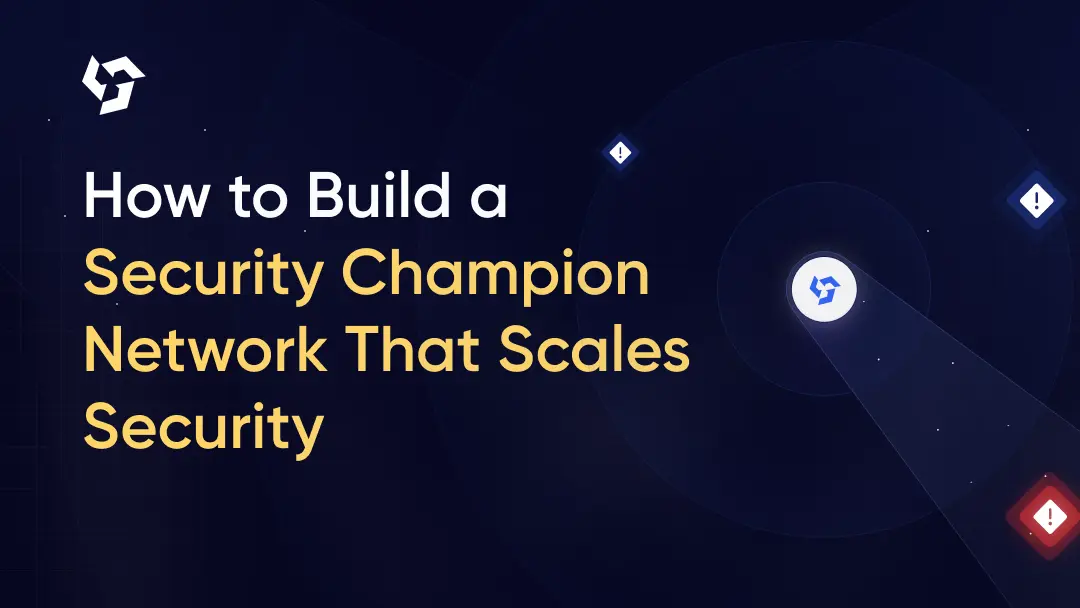






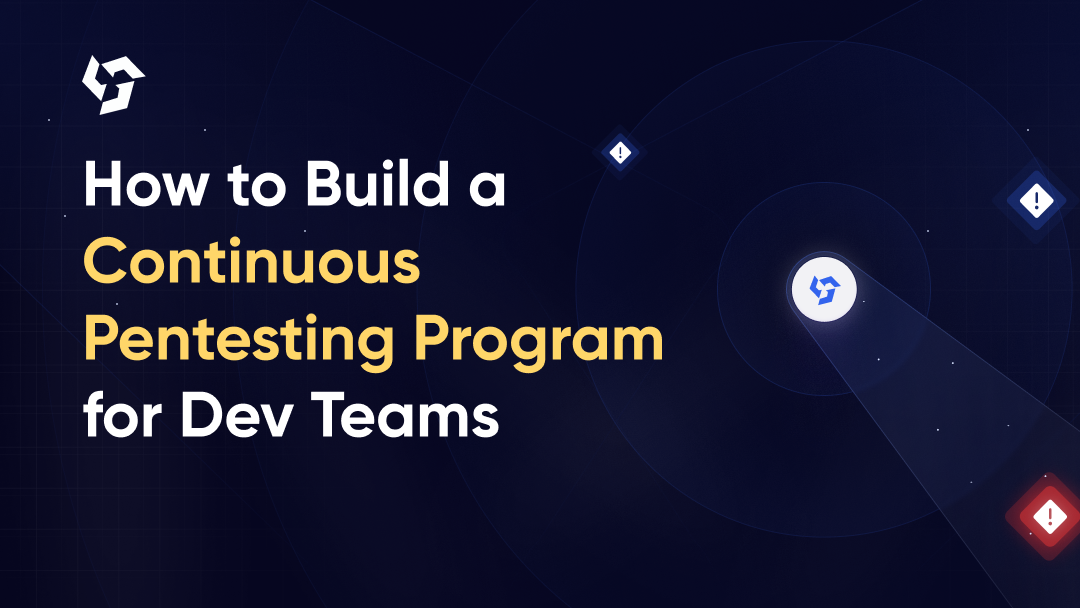

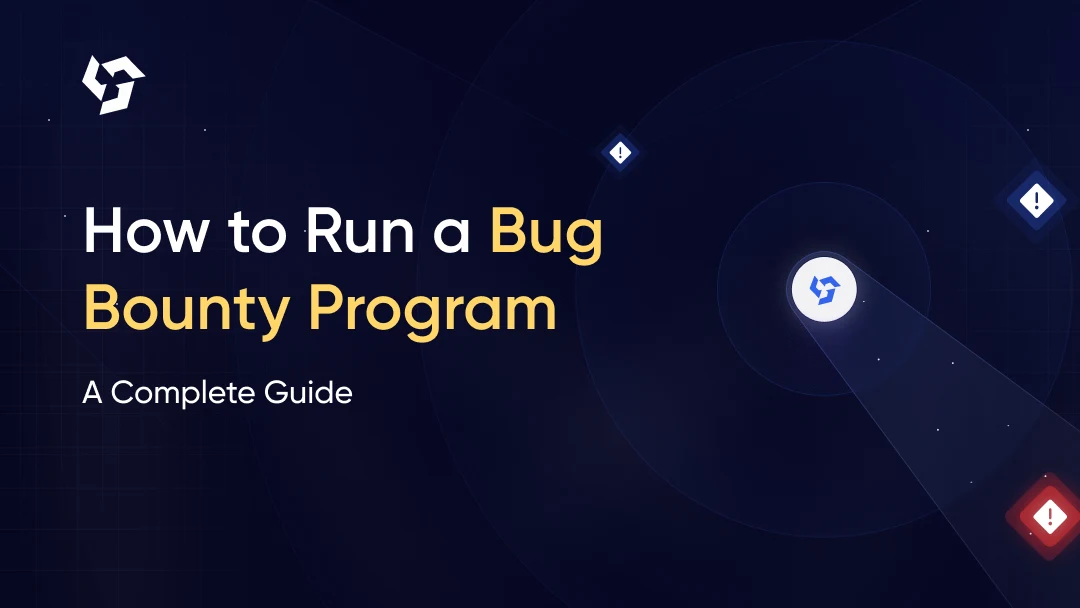







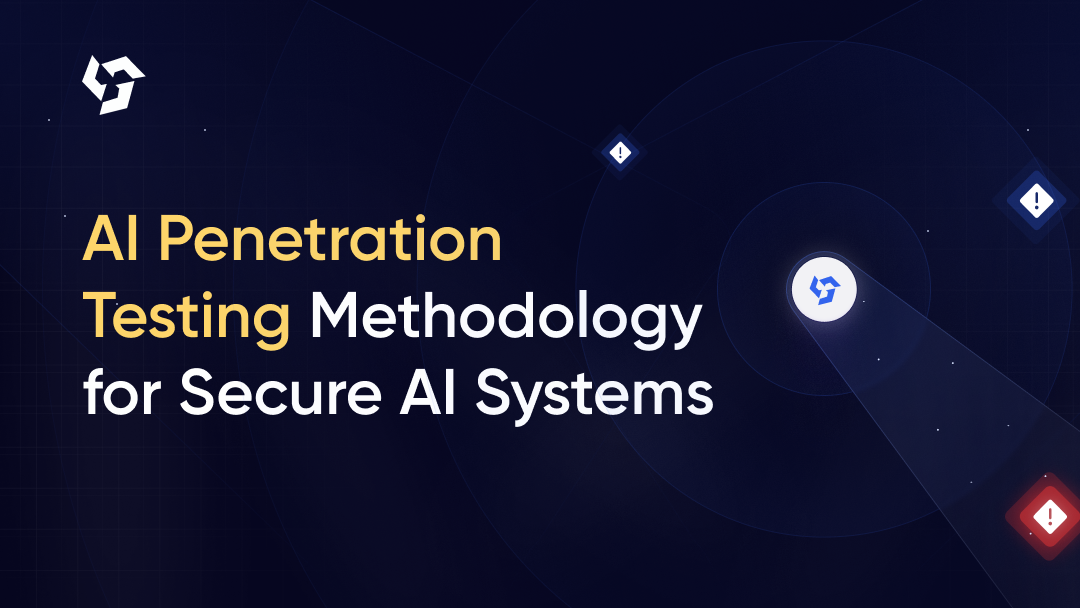


.png)
.png)
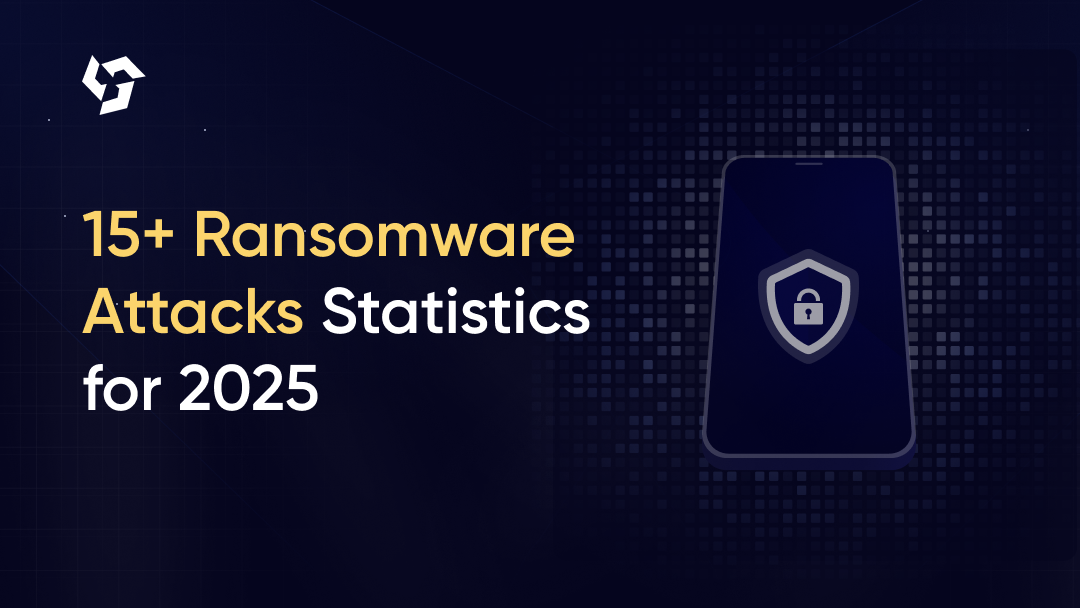
.png)
.png)
.png)
.png)
.png)
.png)

.png)
.png)
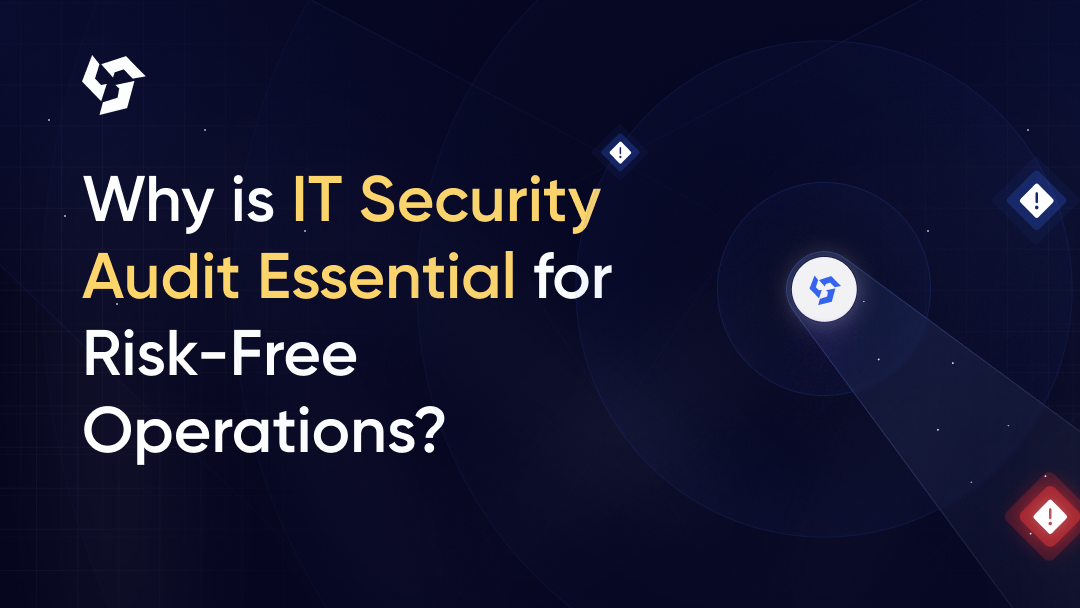


.png)




.png)
.png)
.png)
.png)

.png)
.png)
.png)

.png)
.png)
.png)
.png)
.png)

.png)









.webp)





.webp)


.webp)

.webp)



.webp)
.webp)
.webp)
.webp)













.webp)
